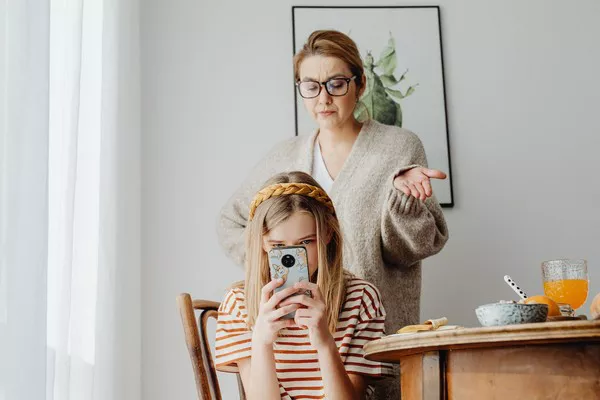In the realm of mental health support, a new wave of innovative solutions is emerging, with chatbots like Earkick leading the charge. Unlike traditional therapy apps, Earkick presents itself as a self-help tool designed to provide comfort and coping strategies through AI-driven conversations.
Sporting a bandana and a whimsical persona akin to a character from a children’s cartoon, Earkick engages users in chat sessions where they can freely discuss their feelings of anxiety. Through AI algorithms, the chatbot offers empathetic responses and practical tips, such as deep breathing exercises, to help alleviate stress and negative thoughts, mimicking the interaction one might have with a real therapist.
The significance of such tools is underscored by the staggering statistics revealing the prevalence of mental health challenges among adolescents, particularly teen girls, with nearly 60% reporting feelings of sadness or hopelessness, according to government studies.
One of the primary advantages of chatbots like Earkick is their accessibility, providing round-the-clock support without the stigma often associated with traditional therapy. Moreover, they fill a crucial gap in mental health care, especially in schools where shortages of staff and mental health professionals pose significant challenges in reaching those in need.
However, despite their popularity and convenience, critics raise valid concerns about the long-term effectiveness of chatbots in improving mental health outcomes. Some experts advocate for clearer disclaimers or oversight from regulatory bodies like the FDA, particularly as chatbots become more sophisticated with generative AI technology.
Despite these challenges, Earkick has garnered positive ratings on platforms like the Apple App Store and is readily available for download on both iOS and Android devices. While its creators shy away from labeling it as therapy, preferring to position it as a health companion focused on real-time mental health monitoring and support, the impact of such innovations on the mental well-being of users remains a subject of ongoing scrutiny and debate within the broader mental health community.



























